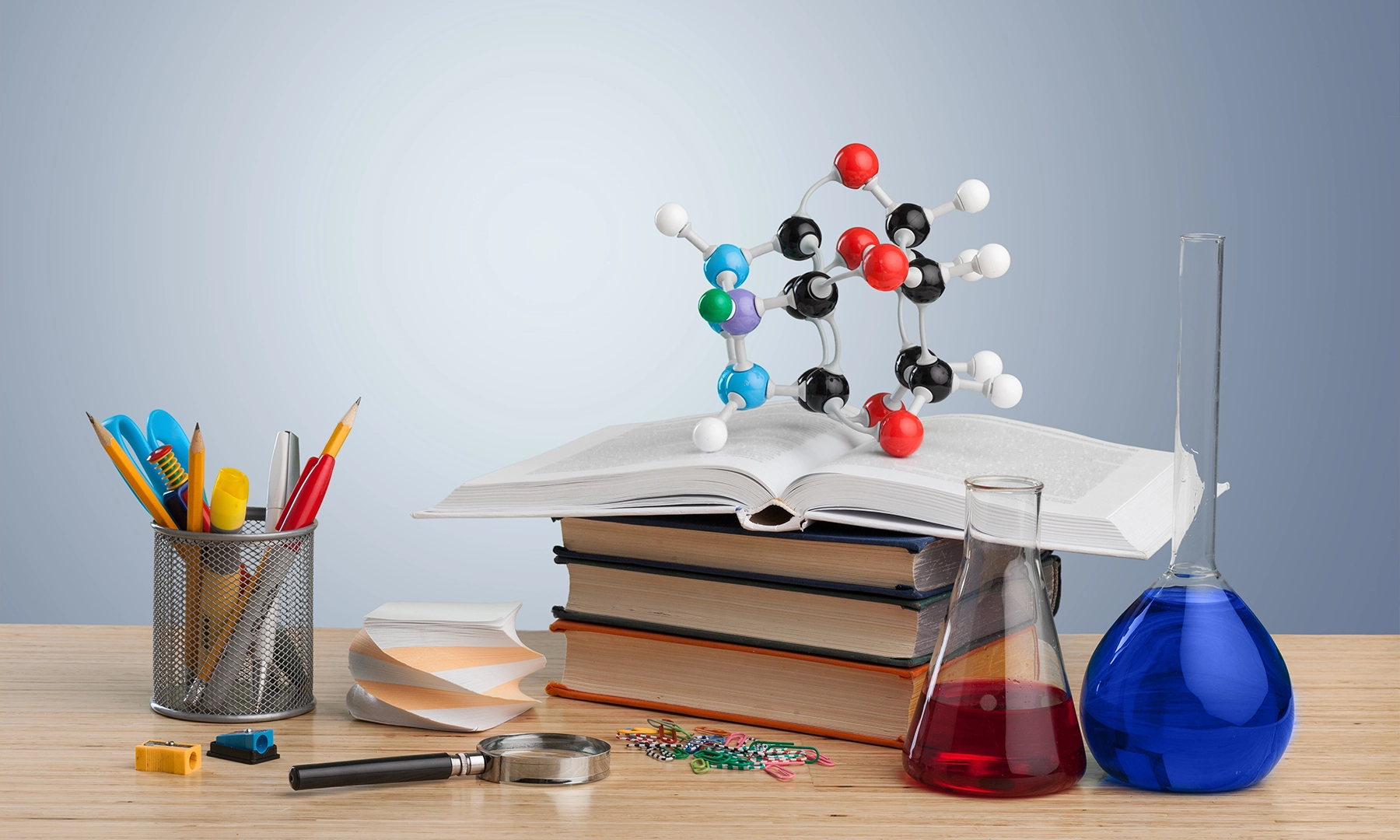Chemistry tutor near me in Brooklyn, NY
Build expertise with personalized chemistry tutoring
Brooklyn learners get help with chemistry homework and prep

What students are covering in chemistry classes in Brooklyn
Chemistry tutors serve Park Slope, Williamsburg, DUMBO across Brooklyn
Anjali taught 10 days ago
The student and tutor practiced stereochemistry problems, including R/S configuration and identifying relationships between stereoisomers. They also reviewed reaction mechanisms, Le Chatelier's principle, and strain in cyclohexane rings. The session concluded with a plan to review additional chapters in the next session, focusing on doing at least 25 questions in each of them.
Enantiomers and Diastereomers
Meso Compounds
Racemic Mixtures
Elimination Reactions
Conjugate Bases
Equilibrium Shifts: Le Chatelier's Principle
Free Radical Reactions: Initiation
Propagation
Robert taught 11 days ago
The Student and Tutor reviewed SN1 and SN2 reaction mechanisms, including factors that influence each pathway. They worked through several multi-step synthesis problems and discussed how to convert poor leaving groups into better ones. The Student was assigned to continue working through quizzes on the covered topics.
SN1 vs. SN2 Reactions
Leaving Groups
Nucleophile Strength
Williamson Ether Synthesis
Stereochemistry in SN1 and SN2 Reactions
Isotopes as Labels
Vaishnavi taught 13 days ago
The Student reviewed reaction mechanisms for aldehydes, ketones, carboxylic acids, and esters, including vitic reactions, acetal/ketal formations, and nucleophilic acyl substitutions. They worked through problems involving hydrolysis and protecting group chemistry. The session concluded with an introduction to thiolacones and lactums, planned for further discussion in the next session.
Wittig Reaction
Acetal and Ketal Formation
Hydrolyzing Protected Carbonyls
Carboxylic Acids: Acidity and Salt Formation
Ester Formation: Acid Catalyzed Mechanism
Carboxylic Acid Derivatives: Reactivity
Grignard vs. Organocuprates with Carboxylic Acid Derivatives
Srishti taught 16 days ago
The student and tutor reviewed organic chemistry reactions, including conversions of benzene derivatives and the application of Michael addition. They worked through multi-step reaction mechanisms and considered factors like steric hindrance and electro-negativity. The session ended with unresolved questions regarding the application of Michael addition to a specific problem, to be addressed in the next session.
Halogenation and Leaving Groups
Nucleophilic Substitution vs. Elimination
Michael Addition
Retrosynthetic Analysis
Steric Hindrance
Protecting Groups
Srishti taught 17 days ago
The session covered conformational analysis, Newman projections, and IUPAC nomenclature with a focus on cyclic alkanes. The Student practiced drawing chair conformations and Newman projections, determining relative stabilities, and assigning IUPAC names. The Tutor assigned practice problems involving conformational analysis of substituted cyclohexanes for the next session.
Chair Conformations of Cyclohexane
Bulky Groups and Conformational Stability
Newman Projections
IUPAC Nomenclature
Cis/Trans Isomers in Cyclohexanes
Sawhorse Projections to Newman Projections
Relative Conformational Energy
Reshma taught 23 days ago
The student reviewed mole calculations and percent composition with the tutor, focusing on accurately calculating molar masses and determining the percentage of each element in a compound. The student worked through several practice problems and will continue practicing percent composition for homework. The next session will build upon these basics.
Calculating Molar Mass
Rounding Atomic Masses
Percent Composition by Mass
Chemistry tutoring near Brooklyn and other NYC boroughs
Personalized guidance for exam prep and homework
Brooklyn's Chemistry Core: Academic Foundations to Industrial Frontiers

Nurturing Scientific Talent and Discovery
The borough is home to institutions dedicated to cultivating the next generation of chemists and innovators. Brooklyn College (CUNY), with over 60 years of research experience in its Chemistry program, offers a robust environment for scientific inquiry. Recognised by the American Chemical Society (ACS), the college provides Bachelor of Science (B.S.) and Bachelor of Arts (B.A.) degrees, along with advanced master's and Ph.D. programs in various chemistry and biochemistry fields. Students at Brooklyn College gain hands-on experience in a 50,000-square-foot research and lab space, engaging in cutting-edge projects from nanomaterials to drug discovery and computational chemistry. A notable alumnus, Nobel Laureate Stanley Cohen, significantly contributed to cancer research through his work on cellular growth factors, a testament to the institution's impact.
Similarly, St. Joseph's University, New York (Brooklyn Campus) offers a strong chemistry degree emphasising laboratory experience and research, with concentrations spanning biochemistry, business, or adolescence education. Their students delve into original research, pursue internships, and present at conferences sponsored by organisations like the American Chemical Society. St. Francis College, also in Brooklyn, provides Chemistry & Physics programs known for close faculty-student mentoring and undergraduate research opportunities. These institutions collectively prepare students for diverse careers in industry, government, academia, and healthcare.
Career Opportunities in Chemistry in Brooklyn's Modern Industries and Environmental Health
The theoretical knowledge acquired in Brooklyn's academic halls directly fuels its growing industries and safeguards its environment. The broader New York City metropolitan area, including Brooklyn, is witnessing significant expansion in the biotechnology and pharmaceutical sectors. New York City's "LifeSci NYC" initiative, a substantial public investment exceeding $1 billion, aims to foster new research, build laboratory spaces, and generate 40,000 jobs in the life sciences over the next decade. This initiative directly supports chemistry-related enterprises in the borough.
Brooklyn facilities like BioBAT, a partnership between SUNY Downstate Health Sciences University and the NYC Economic Development Corporation at the Brooklyn Army Terminal, offer crucial wet lab space for biotech startups. Local companies, such as Calder Biosciences, engage in molecular engineering for vaccine development, highlighting chemistry's essential role in groundbreaking medical research. Chemistry is also indispensable for Brooklyn's environmental well-being and public services. Companies like Boiler Chem provide water chemical treatment services for residential, commercial, and industrial buildings, tackling common issues such as scale, corrosion, contaminants, and bacterial growth. Given the importance of clean drinking water, especially in a densely populated urban area, companies like High Water Standard in Brooklyn specialise in water purification systems, addressing concerns about water quality and reducing plastic waste.
Furthermore, Hazmat, Inc. provides crucial hazardous waste management solutions in Brooklyn, including the disposal and recycling of chemical waste. Their team of experts, which includes chemists, ensures proper handling and regulatory compliance for a wide range of hazardous materials, vital for maintaining public safety and environmental standards.




